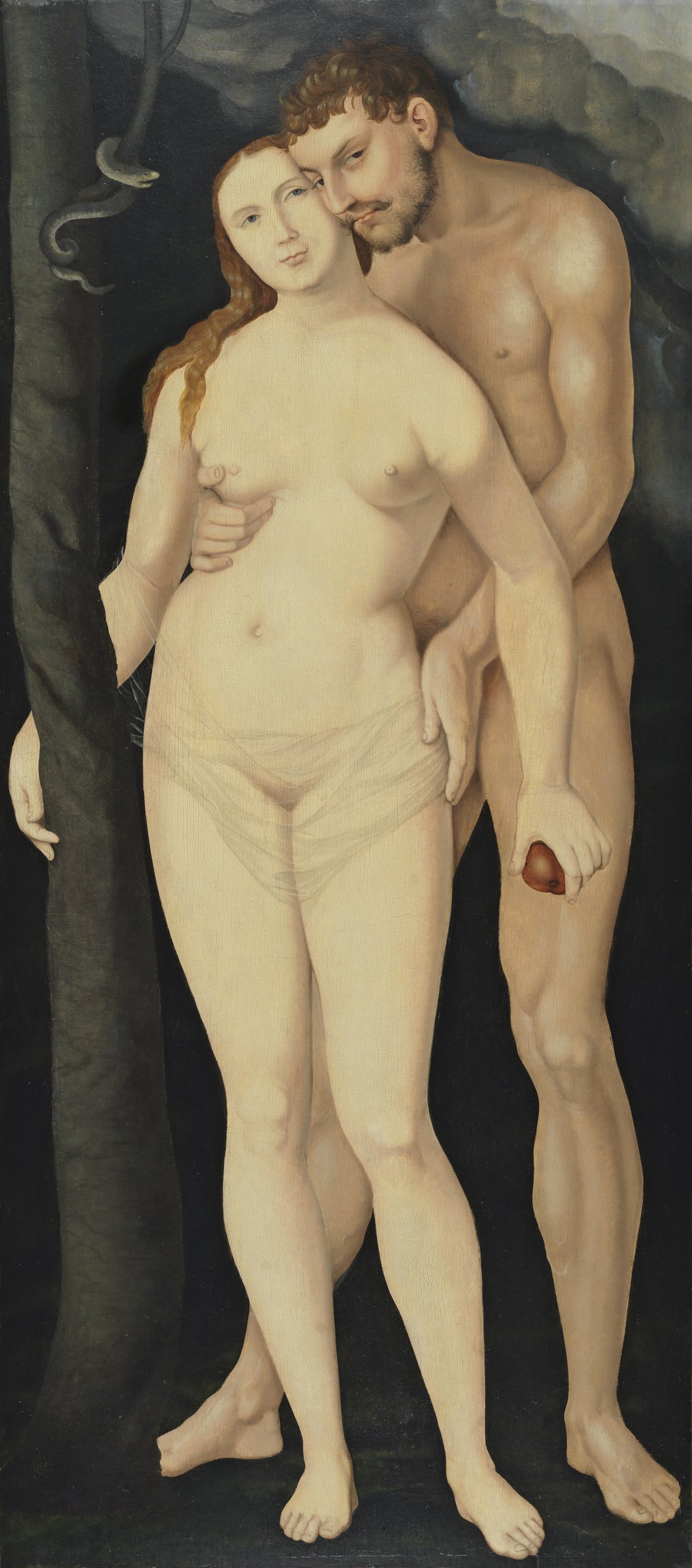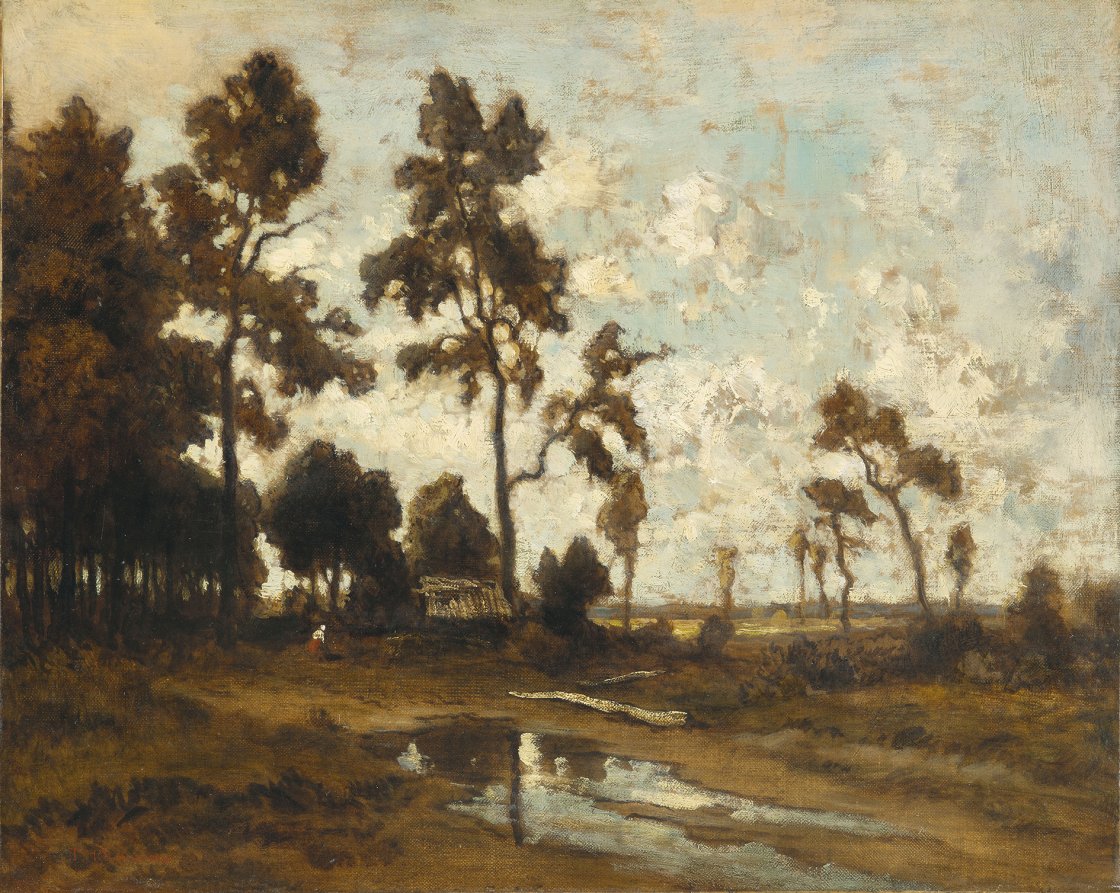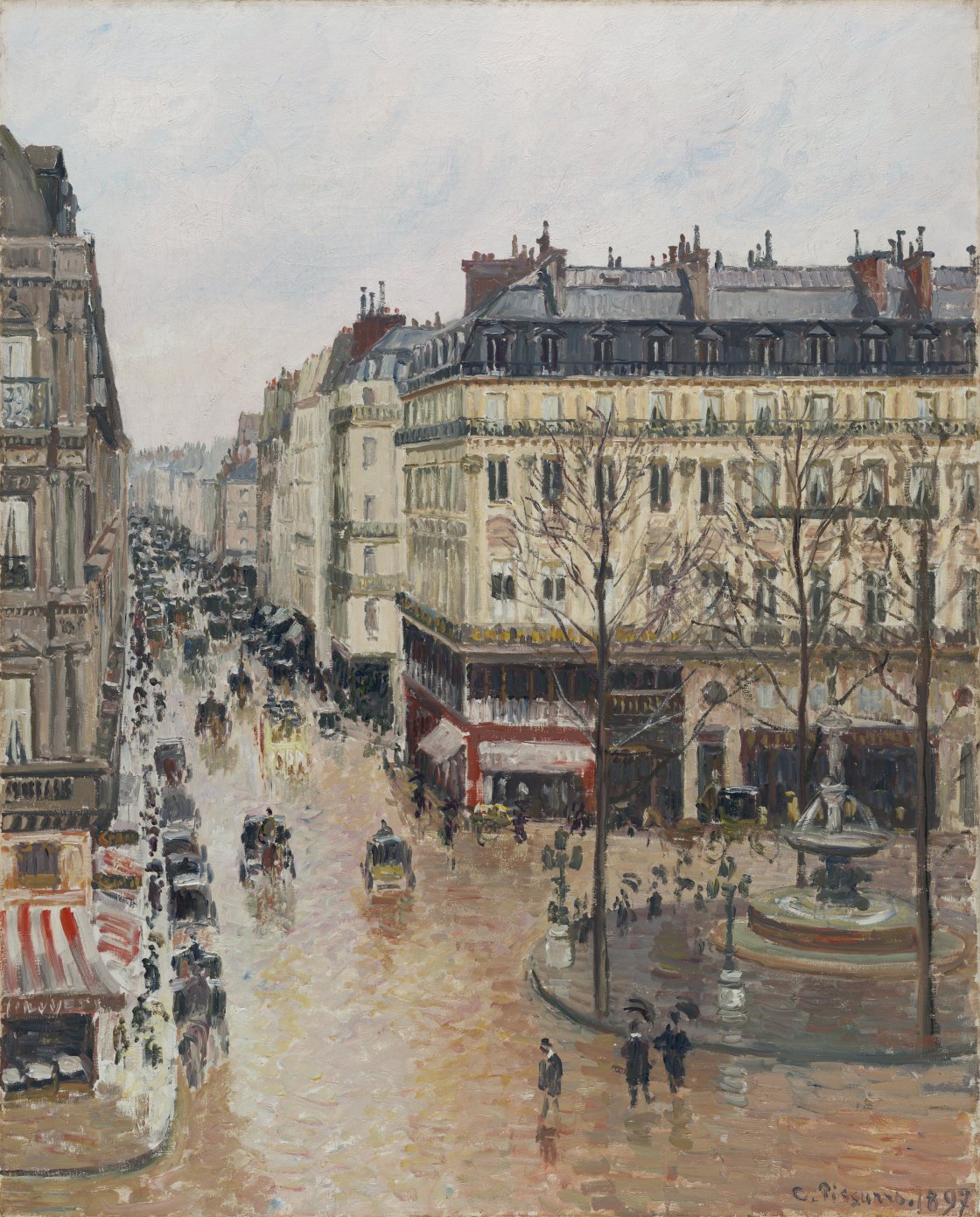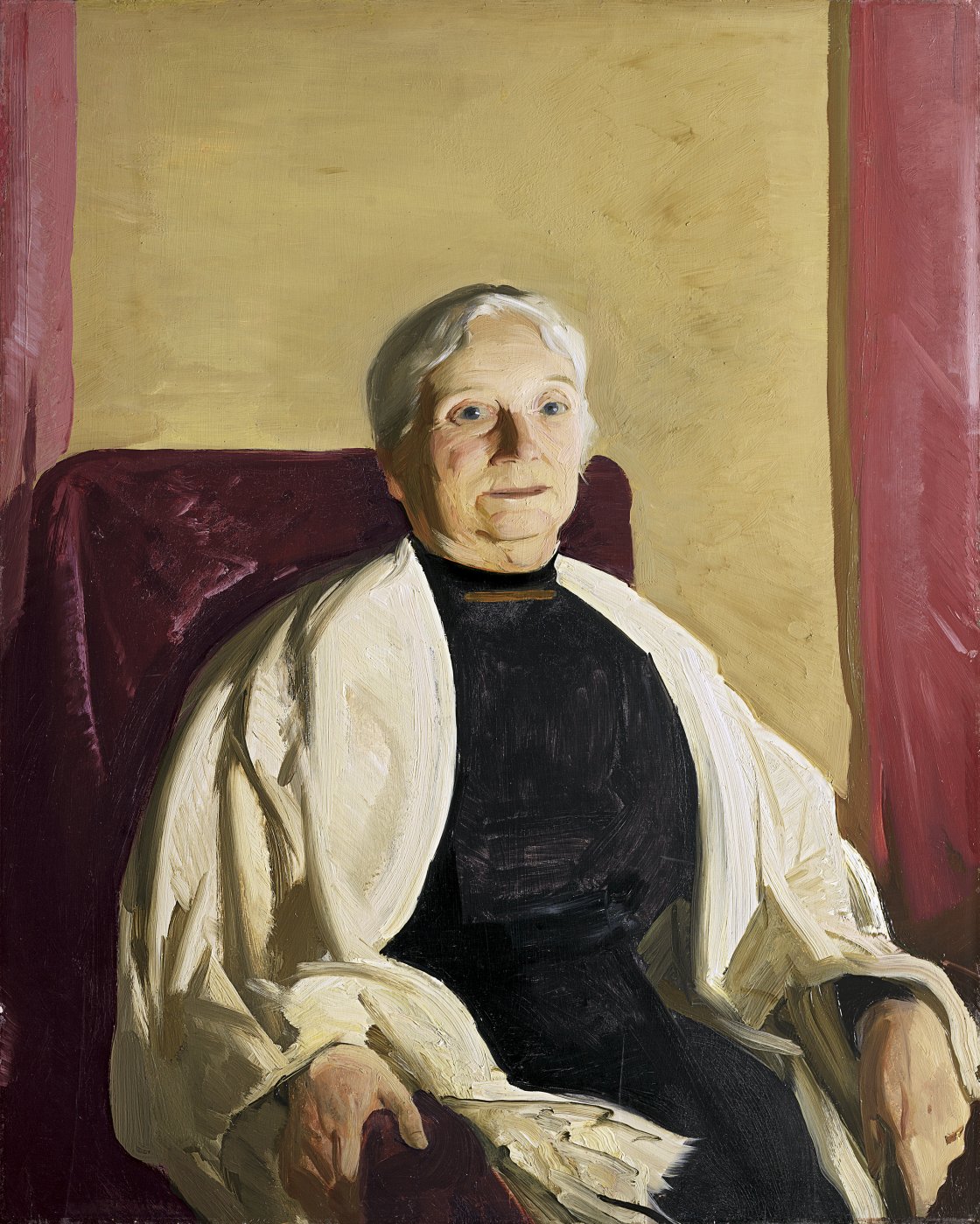Open Windows 6
December 2014
Online periodical regarding research of the works of the Collection

The Macabre in the Work of Hans Baldung Grien
Mariela Bargueño
Executed in the expressionist style prevalent in early 16th-century Germany, Baldung’s works have a strong psychological impact and are forceful in style and on some occasions intentionally informal and unabashed.

Rousseau and Fontainebleau, beyond Brushes
Águeda B. Esteban Gallego
In this work, Rousseau presents a small hut surrounded by trees near a little copse. It depicts the calm after a storm, which has left behind a puddle, in the foreground. Sensier, the artist’s friend and biographer, describes Rousseau’s works and explains how the artist begins with a grey preparation upon which he lays out a large mass of trees, spreading the medium with a painting knife and adding tiny, almost imperceptible touches.

Camille Pissarro: Rue Saint-Honoré in the Afternoon, Effect of Rain, 1897
Paula Luengo
Pissarro was the only Impressionist artist who systematically represented the rural landscape of France. Throughout his long career, he painted the towns where he lived (including Louveciennes, Pontoise, and Éragny) and their fields and small orchards—to the extent that his detractors called him “the cabbage painter” (le peintre de choux). Nevertheless, in the last decade of his life, between 1893 and 1903, his activity as a painter focussed on urban landscapes. He created over three hundred canvases depicting Paris, Rouen, Dieppe, and Le Havre.

New Sources for the Study of A Grandmother
Clara Marcellán
A Grandmother, by George Wesley Bellows, is one of those American paintings that are a rarity in Europe and that have made it to these shores thanks to Baron Thyssen’s interest in North American art from the nineteenth and twentieth centuries. This interest distinguishes him from other collectors who were his contemporaries, making the Museo Thyssen-Bornemisza an exceptional bastion of such art on this side of the Atlantic. But what brings us to consider George Bellows in particular at this juncture?
